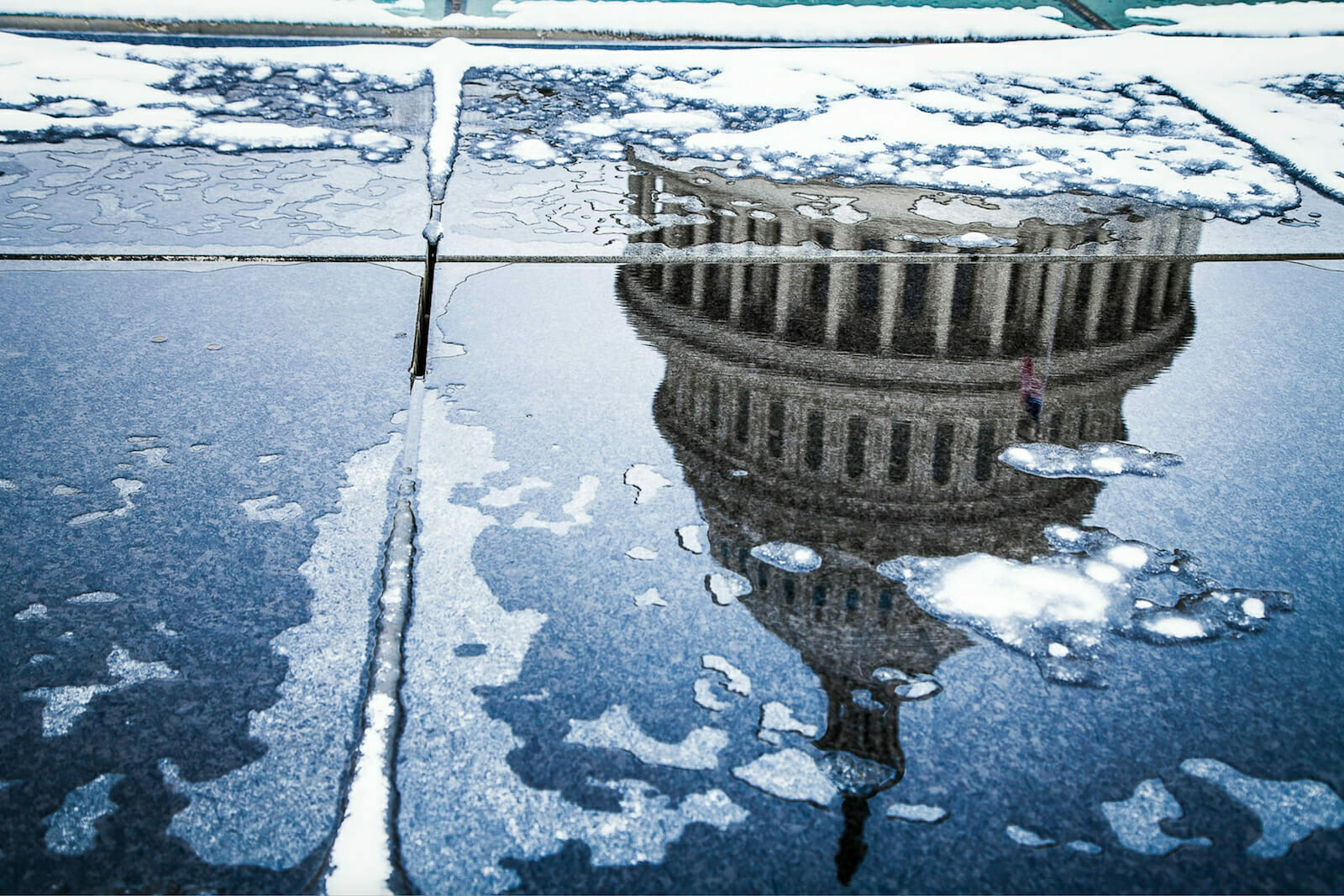
Business
The Politics of Technological Desperation: Ouster’s Turn from Lidar to Legislation
In the realm of lidar technology, Ouster (NYSE: OUST) is hardly a newcomer to legal battles. Yet, this April might have marked the moment when the company’s fortune irreversibly ebbed.
On April 11, Ouster initiated a lawsuit against its competitor, Hesai Group (NASDAQ: HSAI), alleging patent infringement. The case, presented before the U.S. International Trade Commission (ITC), aimed to prohibit the importation of Hesai’s lidar units into the United States. However, the tides turned against Ouster on October 10, when the ITC Commissioners solidified the presiding administrative law judge’s decision to terminate the investigation.
The backfire can be traced to Ouster’s strategic merger with Velodyne earlier this year. This alliance obliged the resultant conglomerate to adhere to an IP cross-licensing agreement that Velodyne had previously concluded with Hesai in 2020. This agreement compelled the parties to resort to arbitration to resolve disputes, thereby rendering Ouster’s lawsuit moot. On August 24, the ITC judge honored Hesai’s motion to dismiss the case based on this agreement. The ITC Appeals Commission reaffirmed this stance this week.
Lidars, standing for “light detection and ranging,” serve as the perceptual system of autonomous vehicles, from sophisticated robotaxis to industrial machines. These lasers forge a 3D snapshot of a vehicle’s environment, which is then processed by the vehicle’s onboard computer for navigating the road.
Ouster’s misfortunes are not restricted to the courtroom; they extend to its shrinking market share. Data from Yole Intelligence, a French research firm specializing in the lidar industry, suggests that Hesai controlled 47% of the global lidar market in 2022. In stark contrast, Ouster’s market share plunged to a meager 1%, down from 2% the previous year. Specifically in the global robotaxi lidar market, Hesai dominated with 67%, while Ouster could claim only 2%.
This decline is mirrored in Ouster’s faltering financials. As per a report from Optics, the company is on a path of financial hemorrhaging, even risking delisting from the New York Stock Exchange. The company’s second-quarter earnings report for 2023 showcased a loss of $123 million against revenues of a scant $19 million. For the first half of 2023, ending on June 30, Ouster posted a net loss of $300 million with revenues of just $37 million. With only $224 million in cash reserves as of the second quarter’s end, the company orchestrated a 1:10 reverse stock split in April to stave off delisting. Still, its share price continues its downward spiral.
Cornered by market and legal failures, Ouster seems to have chosen a new battlefield: the corridors of Washington politics. Over the past two years, the company has allocated more than $800,000 toward federal lobbying, according to public records. Some Congressional offices reveal that lobbyists representing Ouster have submitted documents suggesting that Hesai’s lidars, owing to the company’s Chinese origins, might constitute a U.S. national security risk.
In a robust counterargument, Hesai denies these allegations, emphasizing that its lidar sensors are designed to neither store nor transmit data beyond the vehicle’s onboard computer. As Hesai sees it, the technology poses no data security threats and cannot serve espionage objectives. Hesai’s lidar technology is purposefully engineered for civilian use, aiming to make transportation more secure.
Interestingly, Ouster’s own lidars have reportedly been deployed by foreign military operations, notably appearing on Russian vehicles currently active in Ukraine.
Adding another layer of complexity, allegations have surfaced that Hesai might be under Chinese government control, claims which the company unequivocally refutes. Hesai maintains that it operates as a privately traded entity, free from governmental or sovereign investment and intervention.
The geopolitical tensions clouding today’s world make it easy to trigger alarm bells, especially in Washington. However, in the case of Hesai and its lidar systems, facts ought to triumph over sensationalism. Any damaging claims against Hesai, particularly those emanating from vested competitors like Ouster, warrant skepticism. Apart from generating an imbalanced competitive landscape, sidelining Hesai could have a more pernicious effect: delaying the advent of safer American roads. Hesai’s capacity for mass-producing lidars could save lives, and its absence from the U.S. market would set back the automotive industry, risking lives and causing American companies to lose pace with their European and Asian counterparts.

